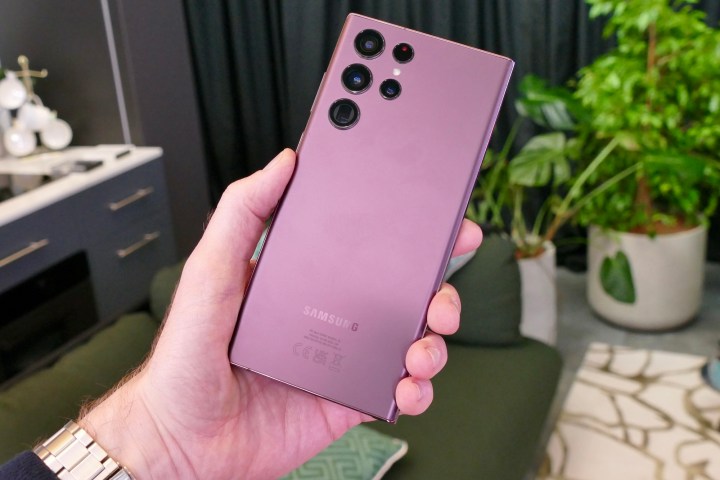Measuring just .56 microns, Omnivision has developed the world’s smallest pixel for smartphone cameras. This is more than a mere scientific achievement, it’s a major breakthrough that will have meaningful consequences for smartphones in the near future by allowing manufacturers to increase camera resolution without increasing size.
Yes, that means we might soon see the demise of the notorious camera bumps that exist on pretty much every flagship smartphone on the market.
What are QE and QPD?
With words like “high quantum efficiency” (QE) and “quad phase detection” (QPD) being thrown around, it’s easy to be overwhelmed when discussing the details of Omnivision’s itsy bitsy invention. However, they boil down to mean that it doesn’t need much power (QE) and that it is capable of fast autofocus (QPD). These factors, along with the sheer minuscule size of the pixel, mean that this technology will allow smartphones to drastically increase resolution without increasing in size.
These pixels are so small that they are now dwarfed by the wavelength of red light, breaking a previously held notion that this wavelength’s size was a lower limit at which a pixel could be created. Omnivision used proprietary technology that they have developed to embed the photodiode deeper into silicon, which enabled them to develop the world’s smallest pixel.

These tiny pixels are what enabled Omnivision to create a 200-megapixel smartphone camera sensor. Omnivision expects the first smartphones with the world’s smallest pixel integrated into these 200-megapixel sensors to hit the market in early 2023.
This tech is just the beginning of the race to boost smartphone camera performance while shrinking camera size. Researchers at Chung-Ang university recently developed a way to stack quantum dots and tailor them to be sensitive to specific light frequencies, thus forming a color image sensor on a mind-bogglingly small scale. They are apparently simple to fabricate, extremely durable, and very sensitive. Eventually, quantum dot sensors may replace CMOS (Complementary Metal Oxide Semiconductor), the current king of imaging technology that is found in practically all cameras.
What does this mean for the future?
Eventually, cameras of all varieties will benefit from these imaging breakthroughs. Smartphones may finally be able to rid themselves of that ungainly bump that ensures they’ll never lie quite flat on a tabletop. It’s also possible to imagine how this tech could be implemented into large sensors in interchangeable lens cameras. If they can pack 200 megapixels into a smartphone camera, how many could they pack into one the size of the Nikon Z9? Conceivably, we might be on the verge of seeing gigapixel sensors in consumer cameras, though one shudders at the amount of hard drive space such photos would require.
While I could fantasize about the tantalizing possibility of such as-yet-unrealized sci-fi applications (terapixel sensors in scientific observatories for example), in the here and now you can get a peek into the future with the first photo capturing with .56 micron pixels.
Editors' Recommendations
- Omnivision’s 200-megapixel smartphone camera will arrive on phones in 2022
- Under 1 pound, Sigma Fp is the world’s smallest full-frame camera



